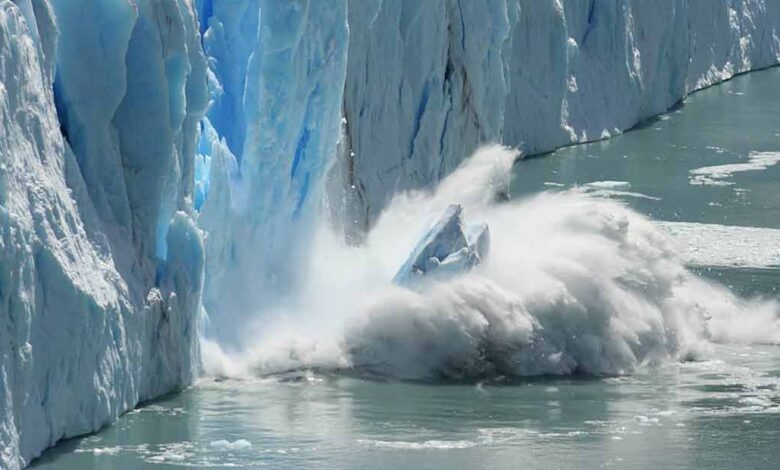
World is Losing the Race to Save Melting Glaciers and Ice Sheets
The latest report from the United Nations weather agency reveals unprecedented glacier shrinkage between 2011 and 2020, with the Antarctic ice sheet experiencing a 75% greater loss compared to the previous decade. The World Meteorological Organization’s (WMO) Decadal State of the Climate report, released on Tuesday, underscores the ongoing impact of climate change on the planet.
Secretary-General Petteri Taalas emphasized that each decade since the 1990s has been warmer than the preceding one, with no immediate signs of this trend reversing. The report highlights the alarming trend of melting glaciers and ice sheets, signaling a concerning loss in the race to preserve them.
Warming oceans and ice sheet melting have led to a nearly twofold increase in the rate of sea-level rise within a single generation, posing a significant threat to low-lying coastal regions and countries, according to WMO.
While experts differ on the rate of global warming, the report underscores a steady increase in warming since the 1990s. Former NASA scientist James Hansen warns of an accelerating rate, while climate scientist Michael Mann argues for a continuous, steady increase since 1990.
WMO’s report details a global average thinning of glaciers by about one meter per year from 2011 to 2020, with “reference glaciers” exhibiting the lowest mass balances of any decade. Glaciers near the Equator are rapidly declining, with those in Papua, Indonesia expected to vanish within a decade. In Africa, glaciers on the Rwenzori Mountains and Mount Kenya are projected to disappear by 2030, and those on Kilimanjaro by 2040.
Greenland and Antarctica experienced a 38% increase in ice loss from 2011 to 2020 compared to the previous decade. The report notes an acceleration in sea-level rise due to melting ice sheets.
WMO Deputy Secretary-General Elena Manaenkova highlighted the report’s significance, providing a long-term perspective and sustained trends from the 2010s. This approach helps discern the trajectory of warming while eliminating variations due to natural phenomena like El Niño or La Niña.
With global carbon dioxide emissions reaching 36.8 billion metric tons in 2023, double the volume of four decades ago, Manaenkova stressed the need for a serious commitment to address climate change at international conferences.








































